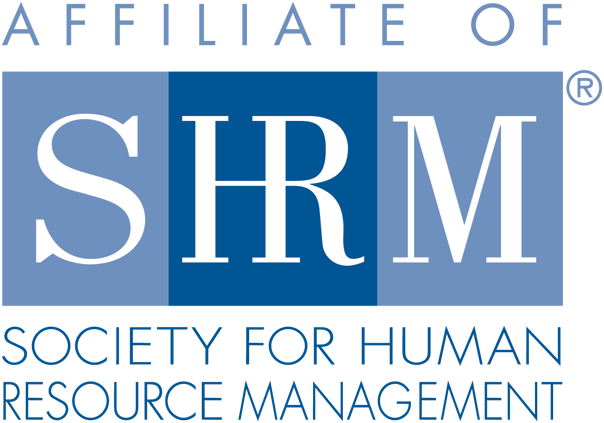
| Past Issues | Advertise | www.nehra.com | insights archive |
"They're Lucky to Have a Job" Is So Yesterday!
![]() Print this Article | Send to Colleague
Print this Article | Send to Colleague
Why? Because it is almost impossible to successfully grow a company while managing an uptick in voluntary staff turnover. It is analogous with trying to fill up your swimming pool when you have a hole in the liner.
Consider the real "cost" of losing an employee:
- Cost of hiring and onboarding a new person (advertising, interviewing, screening, hiring
- Lost productivity until the employee is trained by an existing person
- Lost engagement and therefore a lost of discretionary effort
- Customer service issues as new employees have a longer learning curve
- Pied Piper effect — often when people leave, others begin to ask "Why should I stay?", and "Should I be looking?"
Now that we’re seeing an economic recovery, your employees are beginning to gain confidence in the job market. Are they beginning to look for new a new job?
The past five years have taken its toll on your employees. Training budgets have been slashed, wages frozen, and promotions delayed as employees were asked to "do more with less." I’m projecting that 2014 will be the year that the War for Talent resumes as your now "disengaged" employees start to look for new jobs and start quiting at the same time that your firm is growing and you need to hire even more talent. You’re not just adding to headcount, you’ll be adding AND replacing departing employees.
I don’t think I’m being an alarmist.In fact, Gallup’s2013: State of the American Workplace Report concludes that only 30% of the workforce are engaged.The scariness of this statistic is amplified in a June 2013 Fast Company post (Creative Conversations) by contributing editor Mark Crowley.Markmetaphorically describes the state of employee engagement in 2013 by asking us to imagine we’re part of a crew team. As you look behind you, you discover that only you and two of your crew mates are rowing your butts off, while 5 of your fellow rowers are casually looking at the scenery, and remarkably, two are attempting to sink you boat by bringing water on board.Can your crew team win the race? Of course not. But according to the Gallup study, that is precisely what is happening in the workforce.This example is powerfully reinforced in our just released employee engagement video"Who’s Sinking Your Boat".
I anticipate significant job movement as we head into the new year. Your retention and engagement investments (and goals to become "The Employer of Choice") should not be analogous to a light switch – you shouldn’t just turn them on or off.You need to have a strategy in place that can sustain the good times, and the "not so good times." Think of your engagement investments and efforts as a dimmer switch — during financially challenging times, you lower slightly, and during boom times, you elevate slightly, while continuously communicating with your employees the realities of your business challenges and successes.
What should you do?
Companies need to focus on their engagement and retention strategies today to be prepared for tomorrow.These strategies need to focus on the following essential engagement best practices:
1) Create a line of sight describing where the company is going, how you’re going to get there, and what role all of your employees play in helping you get there.
2) Train your first line leaders on creating an engaged culture with their employees. Why? Because the number one driver of employee engagement is one’s relationship with their boss.
3) Create a robust communication culture built on transparency, honesty, and consistency
4) Drive high performance because A players want to work with A players
5) Foster a culture of celebration and recognition.
6) Doing well by doing good. Identify both the ‘what’ it is you do (what you sell), along with your ‘why’ (your purpose or mission).This will enable you to crystalize your purpose which will allow you to win in the marketplace. In fact,according to research by Jim Collins (Good to Great), firms that focus on purpose out perform their peer group 6X!
Bob Kelleher is the founder of The Employee Engagement Group (www.EmployeeEngagement.com), a global consulting firm that works with leadership teams to implement best in class leadership and employee engagement programs, workshops, and surveys, and has recently introduced the world’s first virtual cloud based employee engagement resource center, The On Demand Employee Engagement Library. Bob’s website www.EmployeeEngagement.com is one of the world’s most visited employee engagement web sites and a terrific source for additional articles, best practices, tools, and resources.
Bob can be seen or heard on national media (most recently on CNBC, CBS Radio, NBC News, Business Week, Forbes, Training Magazine, Yahoo, and Fortune), and is a frequent guest writer and contributing editor on many national publications.
Before becoming a speaker, author and entrepreneur, Bob spearheaded award winning employee engagement programs and initiatives during his years as Chief Human Resources Officer, Executive Vice President of Organizational Development, and Chief Operating Officer working for AEC firms ranging in size from 800 employees to 47,000 employees.
